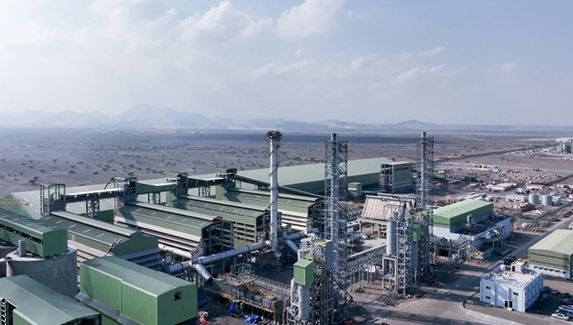Calcined petroleum coke (CPC) is a vital component in various industries, including aluminum and steel production. The process of calcining raw petroleum coke (RPC) into CPC involves heating the material at high temperatures to remove impurities and volatile matter. This article provides an in-depth look at petcoke calcining plants, their operations, and their significance in the industrial sector.
Introduction to Petcoke Calcining
Petroleum coke, or petcoke, is a carbon-rich solid material derived from the oil refining process. It is primarily composed of carbon, along with traces of sulfur, nitrogen, and heavy metals. Calcining is the process of heating petcoke to high temperatures in a controlled environment, which results in the removal of volatile matter and the formation of a purer, denser, and more electrically conductive material known as calcined petroleum coke.

Components of a Petcoke Calcining Plant
A typical petcoke calcining plant consists of several key components, including:
- Material Handling System: This system is responsible for the transportation, storage, and feeding of raw petroleum coke into the calcining unit. It includes conveyor belts, storage silos, and feeders.
- Preheating and Drying: Before calcination, the petcoke must be preheated and dried to remove any residual moisture. This step is crucial for ensuring the efficiency of the calcining process and the quality of the final product.
- Calcining Unit: The calcining unit, often a rotary kiln or a shaft calciner, is the heart of the plant. It is where the actual calcination process takes place, heating the petcoke to temperatures between 1200°C and 1350°C.
- Cooling System: After calcination, the hot calcined petroleum coke must be cooled to a manageable temperature. Cooling systems, such as rotary coolers or fluidized bed coolers, are employed to achieve this.
- Product Handling and Storage: Once cooled, the calcined petroleum coke is transported to storage facilities or directly to the end-users. This step involves conveyors, storage silos, and loading systems.
- Emission Control: Calcining plants must adhere to strict environmental regulations. Emission control systems, such as scrubbers, baghouses, and electrostatic precipitators, are used to capture and treat pollutants released during the calcining process.
Types of Calcining Technologies
There are two primary technologies used in petcoke calcining plants:
- Rotary Kiln: In this method, raw petroleum coke is fed into a rotating kiln, where it is heated indirectly by a flame or hot gases. The kiln's rotation ensures uniform heating and calcination of the petcoke. Rotary kilns are widely used due to their versatility and ability to handle a wide range of feedstocks.
- Shaft Calciner: This technology involves multiple vertical shafts where the petcoke is heated directly by hot combustion gases. The shaft calciner design allows for more precise temperature control and higher thermal efficiency compared to rotary kilns. However, they are generally more suitable for specific feedstock characteristics and may have limitations in handling a wide range of petcoke qualities.
Advantages of Calcined Petroleum Coke
Calcined petroleum coke offers several advantages over raw petroleum coke, including:
- Higher Carbon Content: Calcination increases the carbon content of petcoke, making it more suitable for use in various industrial processes.
- Lower Impurities: The calcining process removes impurities such as sulfur, nitrogen, and heavy metals, resulting in a purer product.
- Improved Electrical Conductivity: Calcined petroleum coke has higher electrical conductivity, making it ideal for use in the production of anodes for aluminum smelting and other electrochemical processes.
- Enhanced Physical Properties: Calcined petcoke has a higher bulk density and lower porosity, which improves its performance in various applications, such as the production of graphite electrodes for electric arc furnaces.
Conclusion
Petcoke calcining plants play a crucial role in transforming raw petroleum coke into a valuable industrial material. With the growing demand for calcined petroleum coke in various sectors, the importance of efficient and environmentally friendly calcining technologies cannot be overstated. By understanding the components, technologies, and advantages of calcined petroleum coke, industries can optimize their processes and contribute to a more sustainable future.



Write a Message